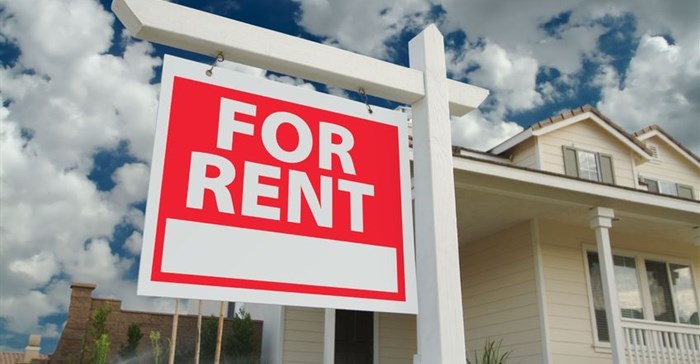Pick the right property to start building your investment portfolio

For those considering taking this step, Maryka Beyers of Just Property Invest says the first question to answer is what is your purpose for the property? Will you live in the home or will it be purely for investment purposes (entirely leased to a tenant)?
Those able to afford to invest in the higher-end rental market are mostly people investing in their own home, which they live in while renting out a room, a suite or a granny flat on the property.
Investing in the low- to mid-end residential rental market means an investor will enter into the high rental demand arena. “There is always an influx of young students, professionals and working individuals as well as families looking to start their own quality life when moving out of their family homes,” says Beyers.
Choosing a property for own use will be a more emotional decision, and a long-term investment. “You’ll be looking at your own needs, such as a double or tandem garage, marble or stone countertops, a bathroom en-suite, three-bedrooms, etc., and taking aesthetic things like layout and flow, and ceiling height into account,” says Beyers. “The location of the property will also have to meet your personal needs (Is it close to your work and your children’s schools?). As a result, investors in such properties usually have a higher shortfall to cover.”
Divest yourself of emotion
If you’re looking for a property to buy in order to rent it out, a different mindset must prevail - divest yourself of emotion and think as an investor. In the case of investment properties, a good “location” means that - even for middle-income or lower-income homes - the area offers a high rental demand (where there are, for example, good schools, facilities, transport, etc.).
“Before purchasing, calculate the potential yield of the property (take the annual rental income minus expenses and divide it by the price you pay for the property). Then compare that to the yield of other rental properties in the same area,” advises Beyers. “And when it comes to location, your consideration should only be whether there is a high rental demand in the area, and whether an investment there will hold its value, and grow in value over time.”
Entry-level residential properties in South Africa almost always appreciate in value faster than the rest of the market, Beyers adds: Investors buying these properties, with their lower purchase prices, are also able to cover most of the costs due to the rental they receive. The properties are also much easier to be tenanted as they tend to allow for affordably priced residential rentals, which also means that there is a lower chance of the property not being tenanted.”
Comparative marketing analysis
The market for lower- to mid-end residential rentals is much larger than the upper-end residential market, so it is important to do a comparative marketing analysis for that area. Beyers warns that new investors should remember that they need to be sure their rental income will almost cover their monthly bond repayments and that they can afford any shortfall.
“I always advise my new investment clients to keep an amount equaling two months’ bond repayment set aside should any unforeseen circumstances arise for whatever reason, and to look for properties that are low-maintenance. An old home’s burst geyser or damp can be costly and insurance sometimes takes a while to reimburse you.”


















